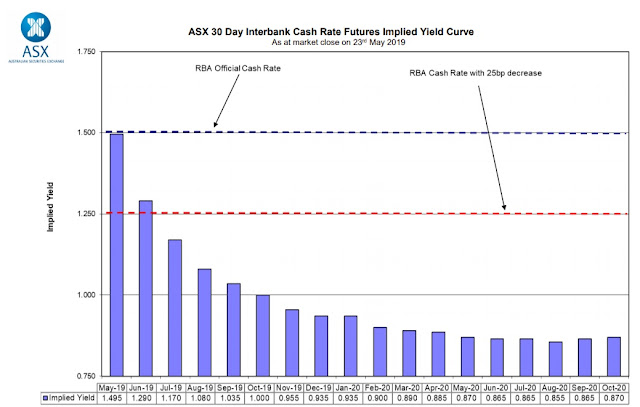How good are auctions
Auction clearances receive a lot of attention in Australia, mainly because they're a very timely indicator of sentiment, even if they're ultimately only a snapshot.
Analysts were looking for a turnaround in sentiment this week following the election result and the signalling of looser monetary policy.
And, in Sydney, they got it, with preliminary clearance rates leaping to 70 per cent from 505 results.
That's up from a final result of 56 per cent a year earlier.
Sydney hasn't reported a final result above 60 per cent for more than a year now.
Melbourne ascended to 63 per cent from 788 results.
Source: CoreLogic
Volumes are way down from the same time last year, with the fall in stamp duty take hammering state budgets.
The other cities don't really do much in the way of auctions, but the results are included above for completeness.
Labor U-turn
A week is a long time in politics, and it must feel like a very long time to the supposedly united Labor party, as the hustling continues over the selection of a new Deputy Leader.
More pressingly, there has been a dramatic about-face on the controversial Adani coal project, which people like me had long assumed to be unviable.
It's amazing what a shock defeat at the hands of the polls can do, though, with media reporting that Labor Party leaders have accelerated the plans to commence "
a coalfield bigger than the UK".
Source: The Times
It goes without saying that this would be huge news for Queensland's economy if it does eventuate, and especially for employment in cities and towns such as Mackay, Townsville, Rockhampton, Bowen, and the Isaac region.
Coal production is flying already, so throw in such a massive construction project and the obvious result is a shift towards full employment and wages growth.
It has been reported widely in the media that the Carmichael mine could be breaking ground within only a few weeks.


















































